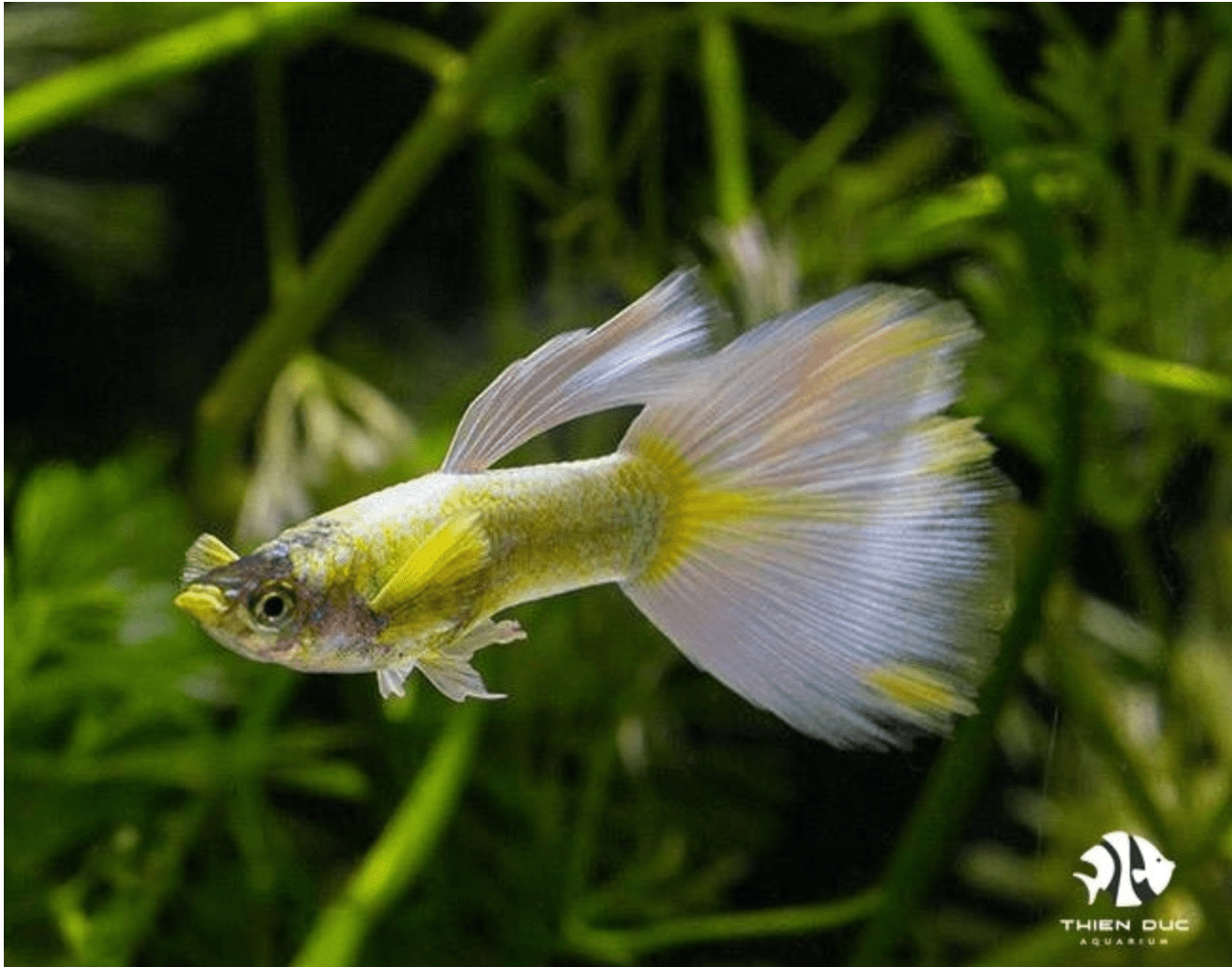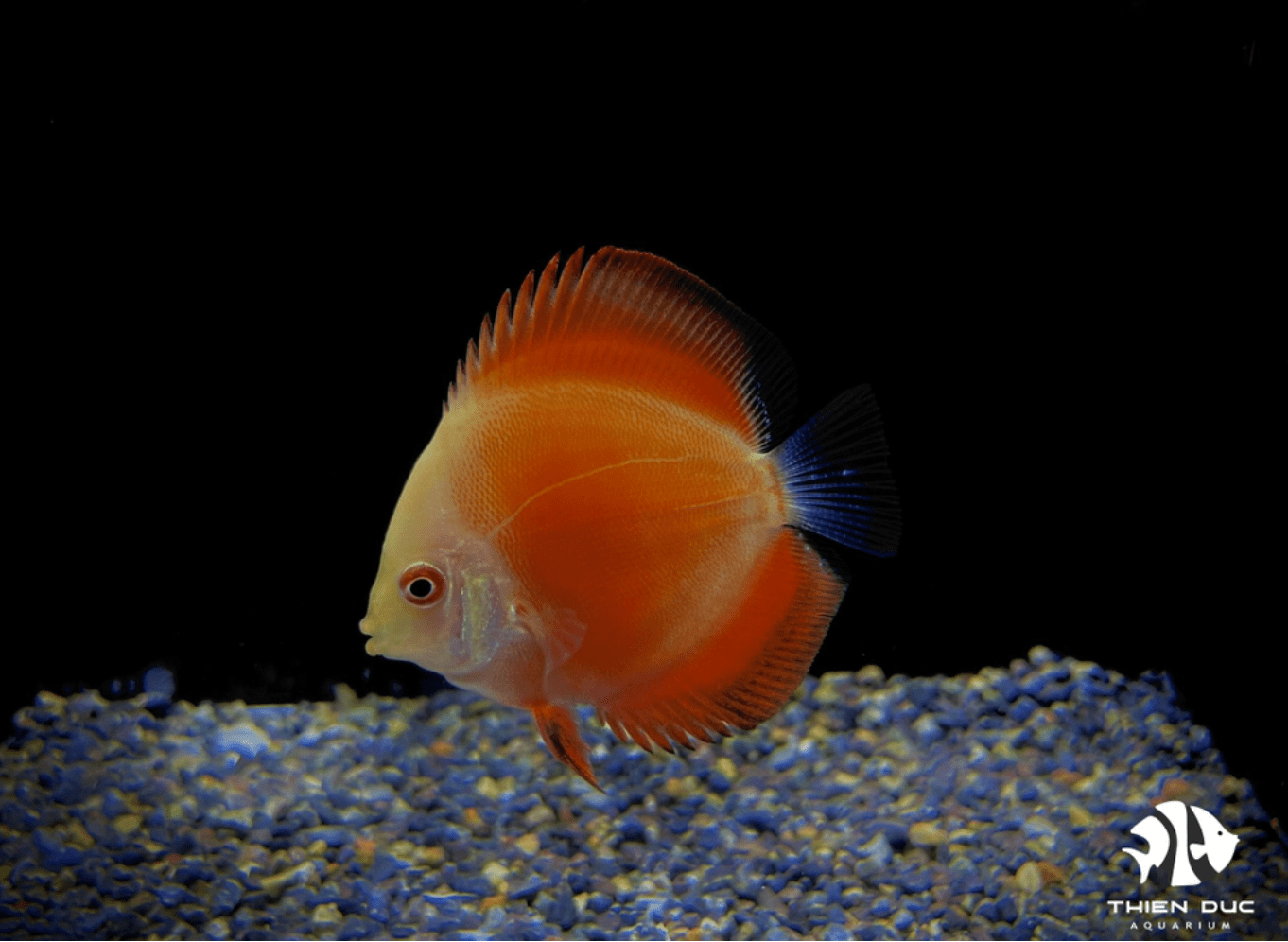Import Scenes from Southeast Asia: Shipping Guide
Southeast Asia is the global center for ornamental fish, offering a diverse and affordable source of stunning aquatic life for EU businesses and hobbyists. This guide provides a clear roadmap to navigate the complexities of international shipping for live animals, helping THIENDUC AQUARIUM successfully manage your Import scenes from Southeast Asia and grow your aquatic enterprise.
The Southeast Asian Advantage: Why This Region is a Global Powerhouse
Southeast Asia’s dominance in the ornamental fish trade is no accident. The region boasts a unique combination of natural and economic advantages that make it an unparalleled source for aquatic life. The rapid economic development and industrialization in countries like Vietnam, Thailand, Malaysia, and Indonesia have been complemented by a deep, generational knowledge of aquaculture. This synergy has fostered a sophisticated network of farms and wild-capture operations, enabling suppliers to offer a breathtaking variety of species at competitive prices.

For THIENDUC AQUARIUM, established in 2012 in Ho Chi Minh City, Vietnam, these advantages are at the core of their business model. Their expertise lies in both captive breeding and the ethical sourcing of wild fish from the rivers and streams of Vietnam, Laos, Cambodia, China, and Thailand. This extensive network and deep understanding of the local ecosystem allow them to consistently introduce new and unique products to the European market. Their commitment to quality ensures that the fish are healthy, robust, and well-acclimated for the journey. This strategic focus is what makes the Import scenes from Southeast Asia so compelling for discerning buyers.
Selecting a Shipping Method: Sea Freight vs. Air
When it comes to transporting live fish across continents, your choice of shipping method is paramount. It must balance cost, speed, and the well-being of the animals. For Import scenes from Southeast Asia, the two primary options are air freight and sea freight.
Air Freight: Prioritizing Safety and Speed
Air freight is the preferred method for shipping live fish due to its unparalleled speed. The short transit time significantly reduces stress on the fish, lowering the risk of mortality and ensuring they arrive in the best possible condition. This method is particularly suitable for high-value species, delicate or rare fish, and smaller shipments. While it is the most expensive option, the peace of mind and higher success rate often justify the cost, especially for a premium product like the wild-caught fish from THIENDUC AQUARIUM.

Sea Freight: Cost-effective for Big Shipments
While less common for live animals due to extended transit times, sea freight can be an option for certain non-living aquatic products or a highly specialized niche. For most live fish shipments, however, air freight is the standard. This is a critical point when considering Import scenes from Southeast Asia; the health of the fish must be the top priority.
Navigating the Shipping Process: A Guide for Every Step
Successfully importing live fish from a supplier like THIENDUC AQUARIUM requires meticulous planning and a clear understanding of each step. This process, while complex, is manageable with the right partners.
Step 1: Sourcing and Selection
The foundation of a successful import is a reliable supplier. THIENDUC AQUARIUM has built a reputation on its extensive satellite system and its commitment to quality. Their process involves sourcing wild fish and working with the best marine fish farms, ensuring the fish are healthy and tamed before export. They are an ideal partner for navigating the Import scenes from Southeast Asia due to their local knowledge and established network.
Step 2: Documentation Is Essential
The paperwork required for importing live animals into the EU is extensive and non-negotiable. Missing or incorrect documents can lead to significant delays and even the destruction of the shipment. You must have:
-
Commercial Invoice: Describes the shipment's contents and worth.
-
Packing List: Specifies the number of boxes, their weight, and the contents of each.
-
Air Waybill: The contract of carriage between the shipper and the airline.
-
Certificate of Origin: Certifies the country where the fish were sourced.
-
Health Certificate: A critical document for live animals, issued by a veterinarian in the country of origin, attesting to the health of the fish and compliance with EU animal health regulations.
A reliable supplier like THIENDUC AQUARIUM will be well-versed in these requirements, making the paperwork process for your Import scenes from Southeast Asia significantly smoother.
Step 3: Understanding Incoterms
Incoterms, or International Commercial Terms, are a set of rules that define the responsibilities of buyers and sellers for the delivery of goods under sales contracts. It is vital to understand these phrases. For example, under FOB (Free On Board), the seller is responsible for the goods until they are loaded onto the vessel or aircraft. The buyer then assumes all risk and costs from that point. For your Import scenes from Southeast Asia, a thorough discussion of Incoterms with your supplier will prevent any misunderstandings or unexpected costs.
Step 4: Customs and Duties
Upon arrival in the EU, your shipment will be subject to customs inspection. This is where your Harmonized System (HS) codes and accurate documentation are crucial. The HS code is a standardized classification system used by customs authorities worldwide to determine the correct duties and taxes. Working with a customs broker or a knowledgeable freight forwarder is highly recommended to ensure a swift and seamless clearance process. Navigating the customs procedures for Import scenes from Southeast Asia requires careful attention to detail.
Step 5: The Role of a Freight Forwarder
A professional freight forwarder acts as your logistics partner, handling the complexities of the shipping process on your behalf. They can coordinate with airlines, manage documentation, and assist with customs clearance. For importing live fish, a forwarder with specific experience in live animal transport is invaluable. They understand the time-sensitive nature of the shipment and can provide real-time tracking, giving you a clear view of your Import scenes from Southeast Asia.
Overcoming Challenges: Ensuring a Successful Arrival
While the process is well-defined, importing live animals presents unique challenges. Proactive preparation and strong partnerships are key to overcoming them.
Communication and Trust
Language barriers can be a challenge, but a good supplier will have dedicated staff who can communicate effectively. THIENDUC AQUARIUM's experience with international clients ensures smooth communication, from initial inquiries to final delivery. This trust is essential for successful Import scenes from Southeast Asia.

Regulatory Compliance
EU animal health regulations are strict, and they vary slightly from country to country. Keeping up with the most recent requirements is crucial. Your supplier and freight forwarder should be up-to-date on all necessary certifications and health standards.
Contingency Planning
Unforeseen delays due to weather, mechanical issues, or customs inspections can happen. Building a buffer into your timeline and maintaining close communication with your logistics partners is the best way to manage these situations. This is a critical consideration in all Import scenes from Southeast Asia.
Conclusion
Importing freshwater ornamental fish from Southeast Asia is a rewarding venture that can enhance your business or collection. By partnering with a reputable supplier like THIENDUC AQUARIUM and understanding the shipping process, you can achieve a seamless operation. The beauty and quality of fish from this region, combined with meticulous logistics, will delight customers and grow your business. This guide demonstrates that navigating the complexities of Import scenes from Southeast Asia is entirely achievable with the right partners.
For more information and to start your rewarding journey, please contact us.
Contact Information:
-
Address: 57 Le Thi Sieng, Tan Thong Hoi, Cu Chi, Ho Chi Minh City, Viet Nam
-
Mobile: +84903912501
-
Office: +84982577871
-
Email: thien@thienducaquarium.com










